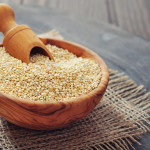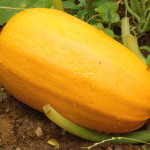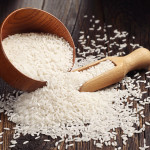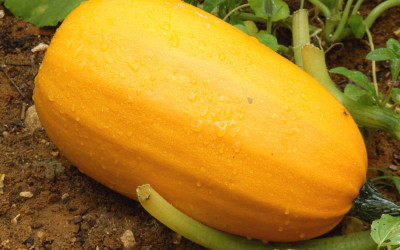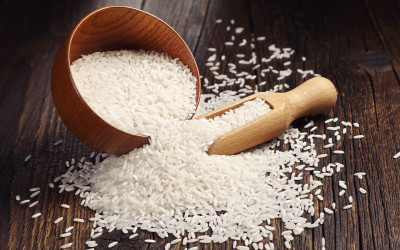How To Season Wooden Utensils
Peanut oil is generally recommended, but since peanut allergies are on the rise, we recommend mineral oil, a non-toxic substitute you can purchase at most hardware stores or pharmacies.
It’s best to resist the urge to put wooden utensils in your dishwasher. Hand washing is recommended to preserve the seasoning.
If you follow the prescribed formula below, you’ll have many years of use from your cutting boards and wooden utensils. To ensure you complete the treatment as prescribed, we recommend you mark on your calendar each date of treatment required. If cared for properly, your boards and wooden utensils will last a lifetime and can even be passed on to your children.
Instructions:
1. Apply mineral oil liberally to all surfaces and edges, every day for a week. Allow oil to soak in and wipe off excess oil at the end of the week. You may begin using your wooden utensils at this point, as long as you continue the seasoning process.
2. Treat wood once a week for 2 months. Let oil soak into wood for a couple hours and then wipe off excess.
3. Treat wood once a month for 6 months. Let oil soak into wood for a couple hours and then wipe off excess.
4. Treat wood once a year every year after that. Let oil soak into wood for a couple hours and then wipe off excess.
Like the Recipe?
Want to See the Book?
Get it here.
How To Cook Spaghetti Squash
Spaghetti squash is a seasonal vegetable, harvested in the fall, and available through fall, winter, and early spring in grocery stores. An uncut squash will keep for up to a month in a cool dry place.
How To Cook Rice
The texture and taste of rice makes it a versatile side dish, or part of a main course. Long grain brown or white rice will give you rice that separates after cooking. Short grain rice comes in either brown or white, and will give you a sticky rice when cooked.

